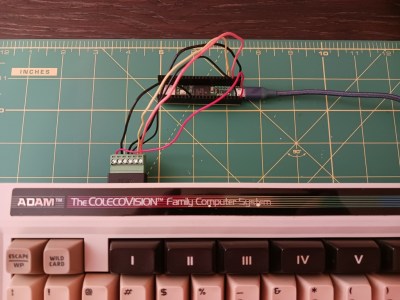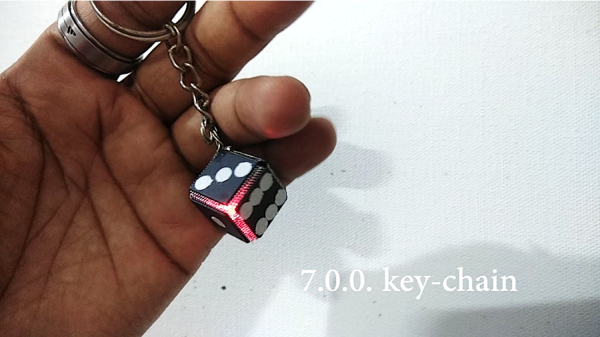Last time, I told you about a simple script I made to collect data about my laptop activity, talked about why collecting data about yourself is a moral imperative, and shared the upgraded script with you alongside my plans for it. Today, I will show you a problem I’ve been tackling, with help of this script and the data it gives, and I also would love to hear your advice on a particular high-level problem I’m facing.
Today’s problem is as old as time – I often can’t focus on tasks I badly need done, even ones I want done for myself. This has been a consistent problem in my life, closing off opportunities, getting me to inadvertently betray my friends and family, hurting my health and well-being, reinforcing a certain sort of learned helplessness, and likely reinforcing itself as it goes, too.
It’s deeply disturbing to sit down fully intending to work on a project, then notice no progress on it hours later, and come to a gut-wrenching realization you’ve had hundreds of such days before – I think this screws with you, on a fundamental level. Over the years, I’ve been squeezing out lessons from this failure mode, making observations, trying out all sorts of advice, in search of a solution.
Join me today in non-invasive brain augmentation and reprogramming, as I continue trying to turn my life around – this time, with help of my laptop, a computer that I already spend a ton of time interfacing with. Ever notice that starting work on a task is often the hardest part of it? It’s the same for me, and I decided to hack away at it.

















